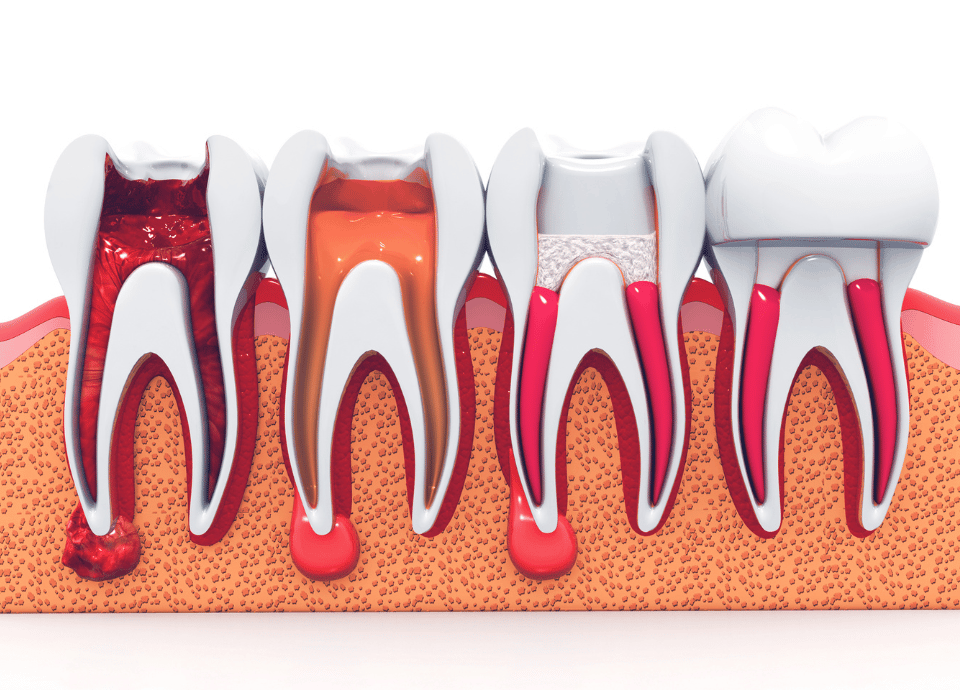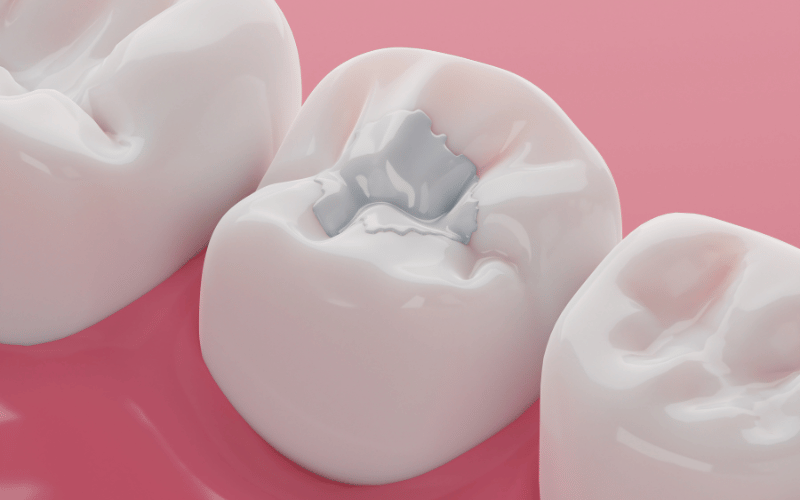Call: (810) 674-3060
All You Need To Know About Composite Bonding

Dental bonding is a quick and efficient method for correcting aesthetic dental flaws. The technique is accomplished by applying tooth-colored resins directly to the teeth and curing them with ultraviolet radiation. Visit Burton Family Dentistry in Burton, MI for more information on cosmetic dentistry-related treatment and Composite Bonding.
The composite resin may be used to restore a tooth in 30 to 60 minutes. The therapy involves just a single dental appointment and offers immediate benefits. Teeth bonding may be used to treat a variety of dental disorders, including:
- Cavity decay
- Fractured or broken teeth
- Stained or discolored teeth
- Gaps between teeth
- Malformed teeth
- Cavities
- Exposed tooth pulp
How Composite Bonding Is Done?
Typically, local anesthetics are not needed during composite bonding. The primary exception is when a patient’s tooth decays. To treat tooth decay, the dentist must use a drill to remove damaged tissue, which may be unpleasant without anesthesia.
An etching solution is used to roughen the surface of the teeth, which is the sole prerequisite for the procedure. The dentist will use a color chart to pick a composite that matches the rest of the patient’s teeth after the tooth has been prepared.
The composite is prepared by the dentist, who then applies it directly to the tooth in stages. Each layer is formed and cured before the application of the next layer. When the dentist is happy with the results, polishing the tooth concludes the therapy. This gives it the same luster as the patient’s other teeth. The procedure should take less than an hour to complete.
The benefits of using composite bonding to treat teeth include the following:
- Composite bonding is one of the most cost-effective techniques for enhancing the look of teeth.
- The use of composites does not need enamel removal.
- Treatments may be administered at a single appointment. The patient leaves the clinic with a dramatically altered grin.
- Typically, composite bonding does not need the use of a local anesthetic.
- Composite bonding repairs do not need special upkeep.
- Dental bonding restorations may last up to ten years.
Composites may be matched to the color of the patient’s teeth, enabling repairs to blend in.
Composite bonding has the primary drawback of being more prone to discoloration than natural tooth enamel. To prevent discoloration, patients should avoid substances that stain, such as coffee, and practice proper dental hygiene. Composite restorations have a shorter lifespan than alternatives like dental veneers and crowns.
Taking Care Of Composite Restoration
Maintaining proper oral hygiene is all patients must do to care for composite restorations. This involves brushing at least twice daily and flossing once daily. People with composite-repaired teeth should avoid behaviors that might compromise the restorations, such as nail biting.
Visit Burton Family Dentistry in Burton, MI for the best dental bonding-related treatment in a nearby location.




